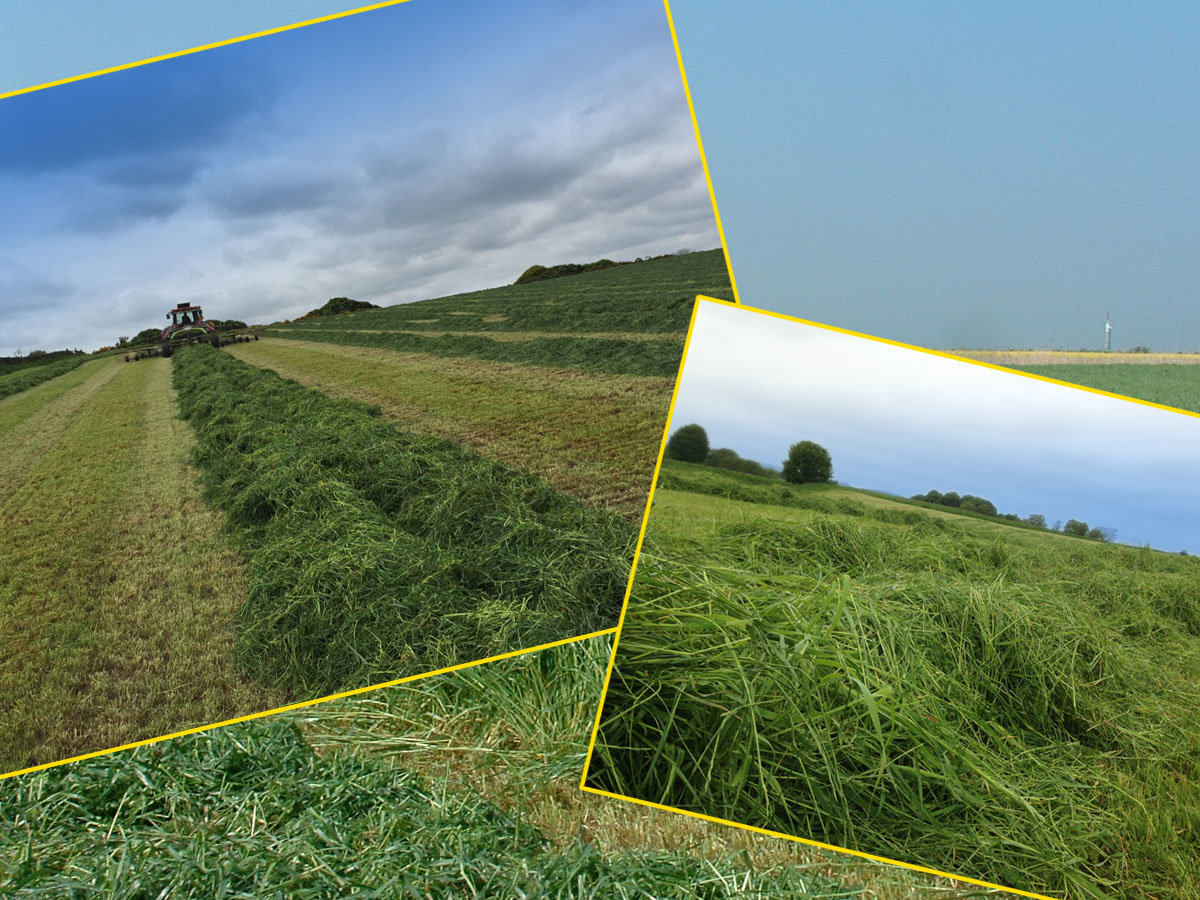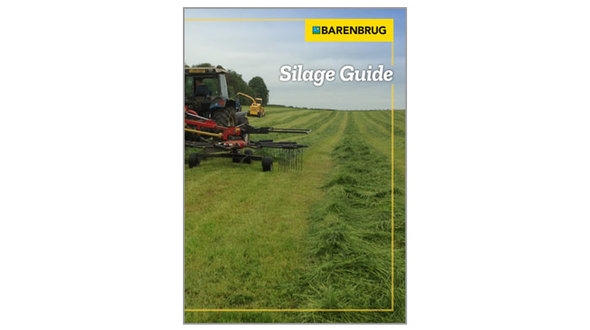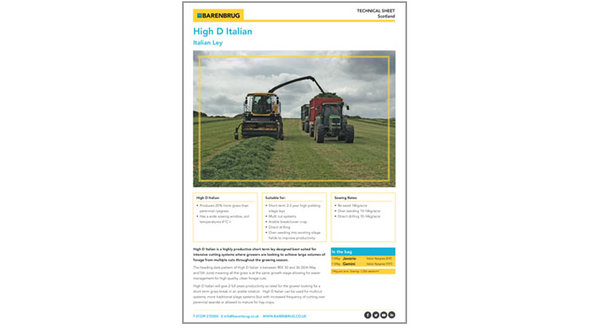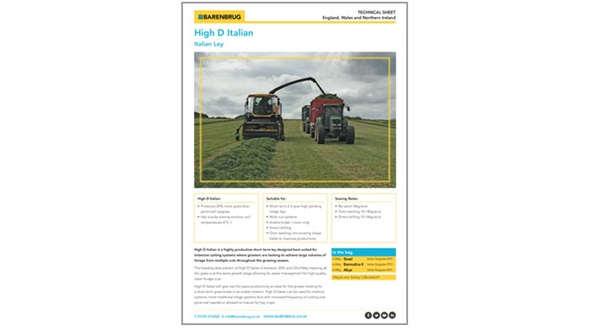Bar Tech May 2020 - Silage
Barenbrug’s top tips for making high quality silage

Barenbrug’s top tips for making high quality silage
Silage is not just cut grass, it is the basis of your whole winter rationing and as such, should be treated with as much importance as milling wheat or malting barley. The aim of good silage production is to maximise yields at a target quality (which will be dependent on the target stock class) whilst balancing fertiliser inputs and soil quality.
Start by having an annual forage plan detailing land available for silage, number of cuts, target tonnages and quality requirements.
Soil quality is fundamental for ANY crop. Aim to maintain soil pH at 6.2 or above and Index 2 (Moderate in Scotland) for P & K status and monitor soil structures regularly. Please see our Bar Tech February for more information on soil quality.
What’s in a ton of silage?
1 ton of grass dry matter will contain around 6.9kg phosphate (P2O5), 30kg of Potash (K2O) and 6.2kg of sulphate (SO3).
5t DM/ha has long been an industry standard so using that as an example, you will need 35kg phosphate, 150kg of potash and 31kg of sulphate. A healthy sward of perennial ryegrass should be capable of producing a response to up 120kg N/ha in order to achieve that yield and with a protein level of 15% (where cut at the appropriate growth stage).
A few rules should be observed when calculating the silage and fertiliser policies including:
1. N usage by grass should be calculated at 2.5kg/day plus 7 days to avoid high nitrates in silage e.g. 120kg would be used up in 55 days
2. To avoid luxury uptake of Potash, no more than 80-90kg of K2O should be applied for first cut. Any deficits should be addressed later in the season.
3. Analyse any slurries and farmyard manures and factor the nutrients and availabilities into the annual nutrient plan.
An excellent resource for helping calculate the silage and grazing fertiliser regimes is the AHDB Nutrient Management Guide, formerly known as RB209.
https://ahdb.org.uk/documents/RB209/RB209_Section3.pdf
https://ahdb.org.uk/knowledge-library/rb209-section-2-organic-materials
How do I maximise my homegrown silage production?
As well as having the fundamentals in place, it’s important to have the right grass and forage crops sown to realise the target yield.
Barenbrug’s top tips for making high quality silage
Clamp Silage
Baled Silage


Download your copy of Bar Tech May 2020 Silage edition

Download your copy of the Barenbrug Silage Guide

Download your copy of BarForage High D Scotland Tech Sheet

Download your copy of BarForage High D England & Wales / Northern Ireland Tech Sheet